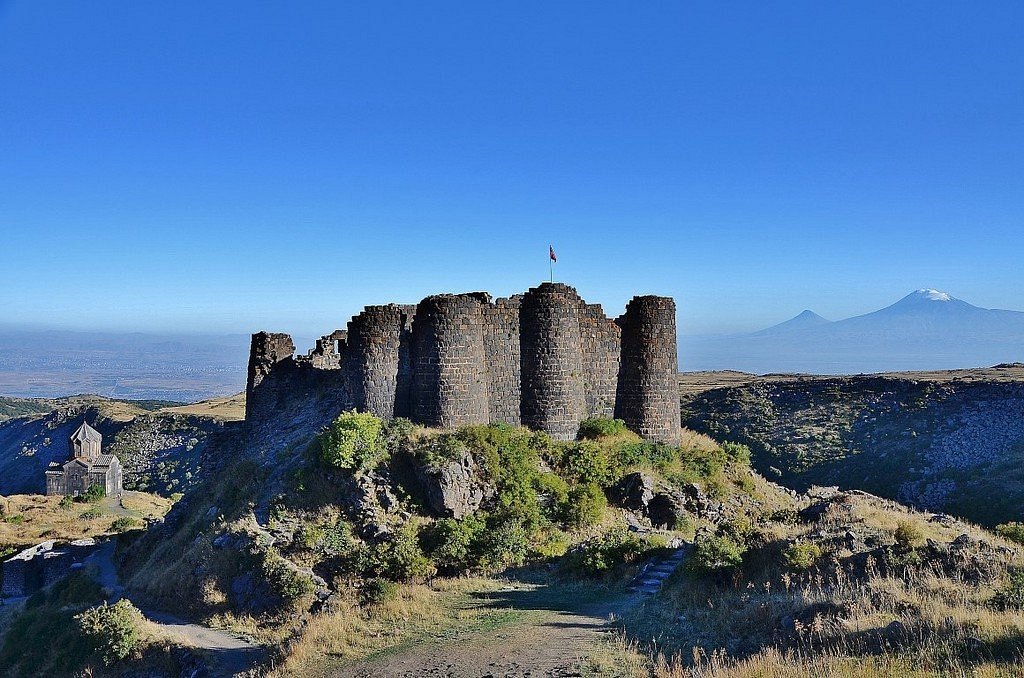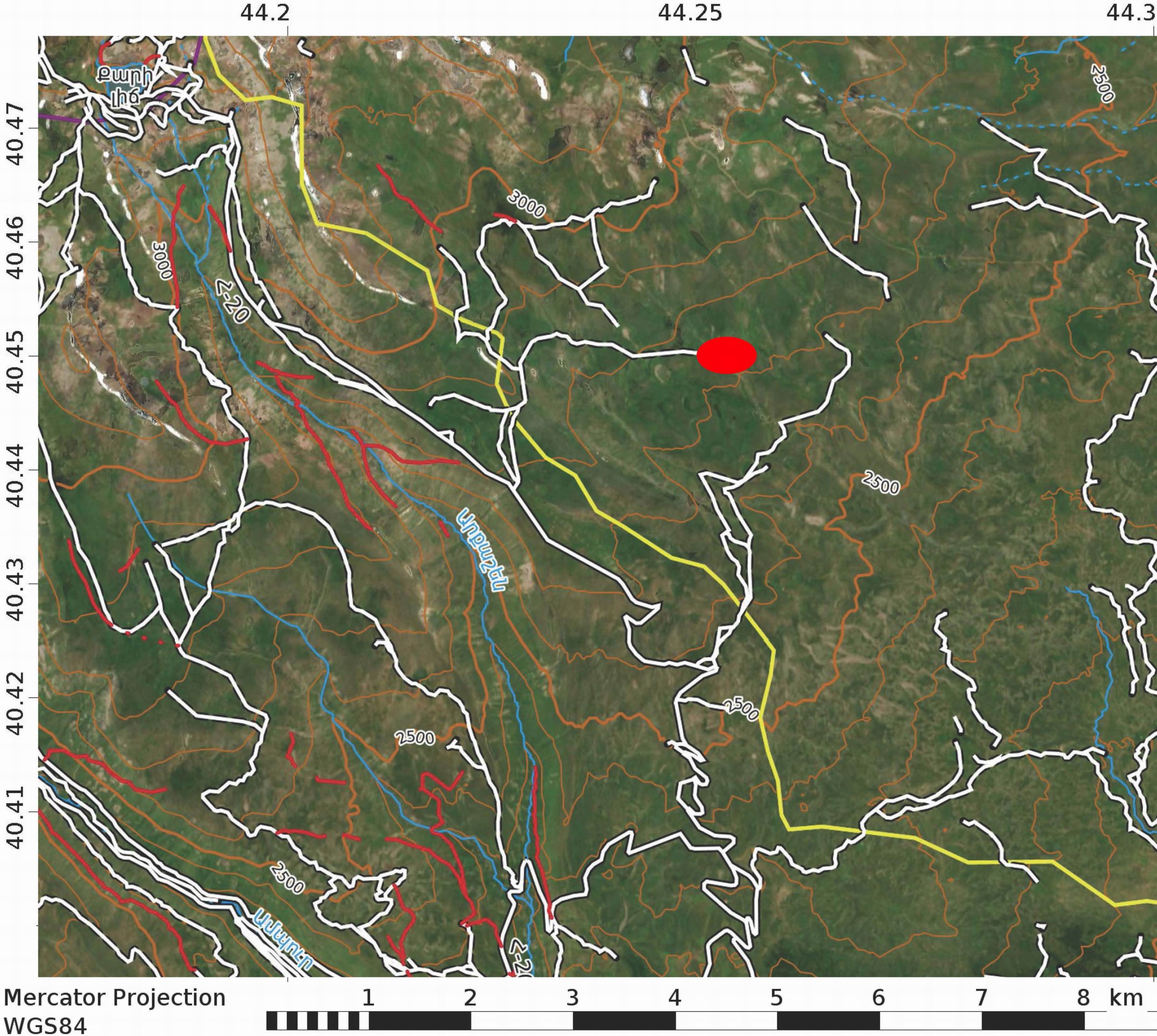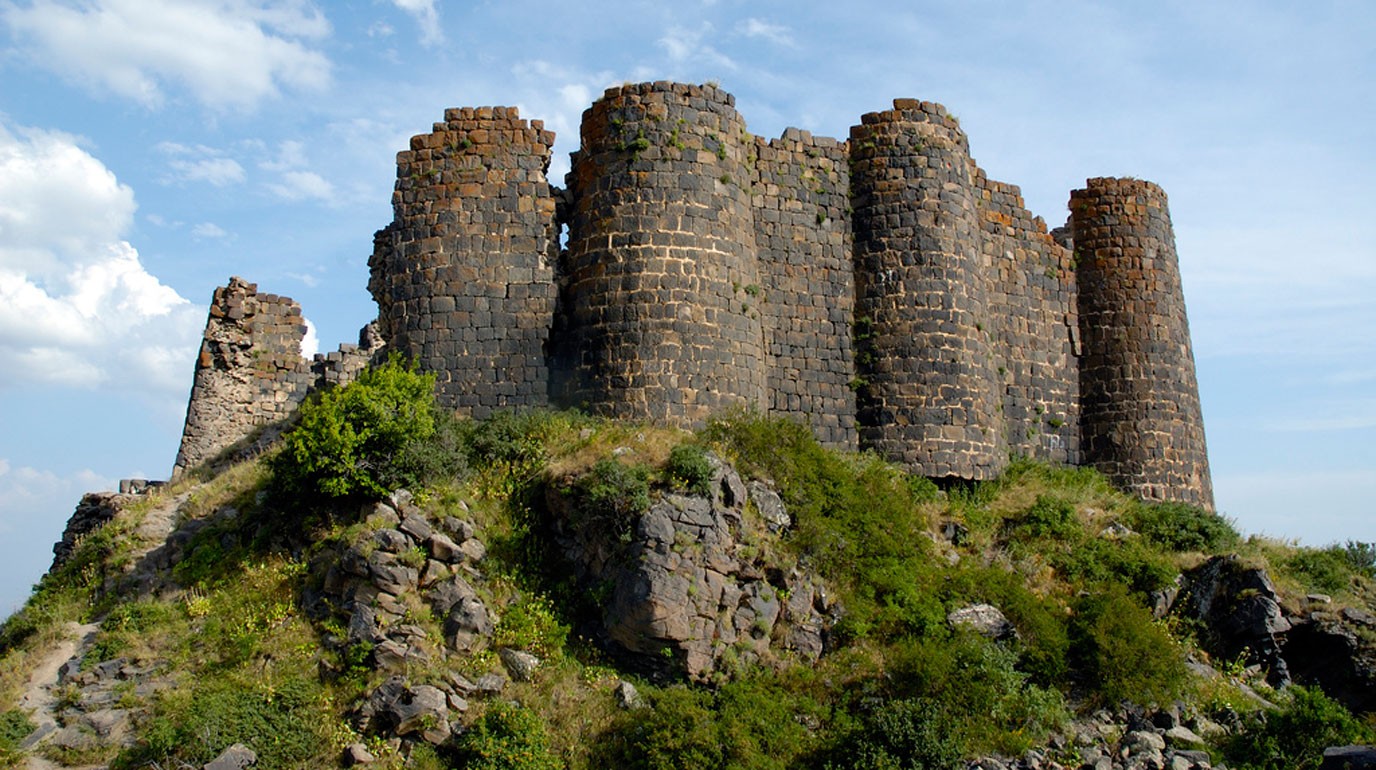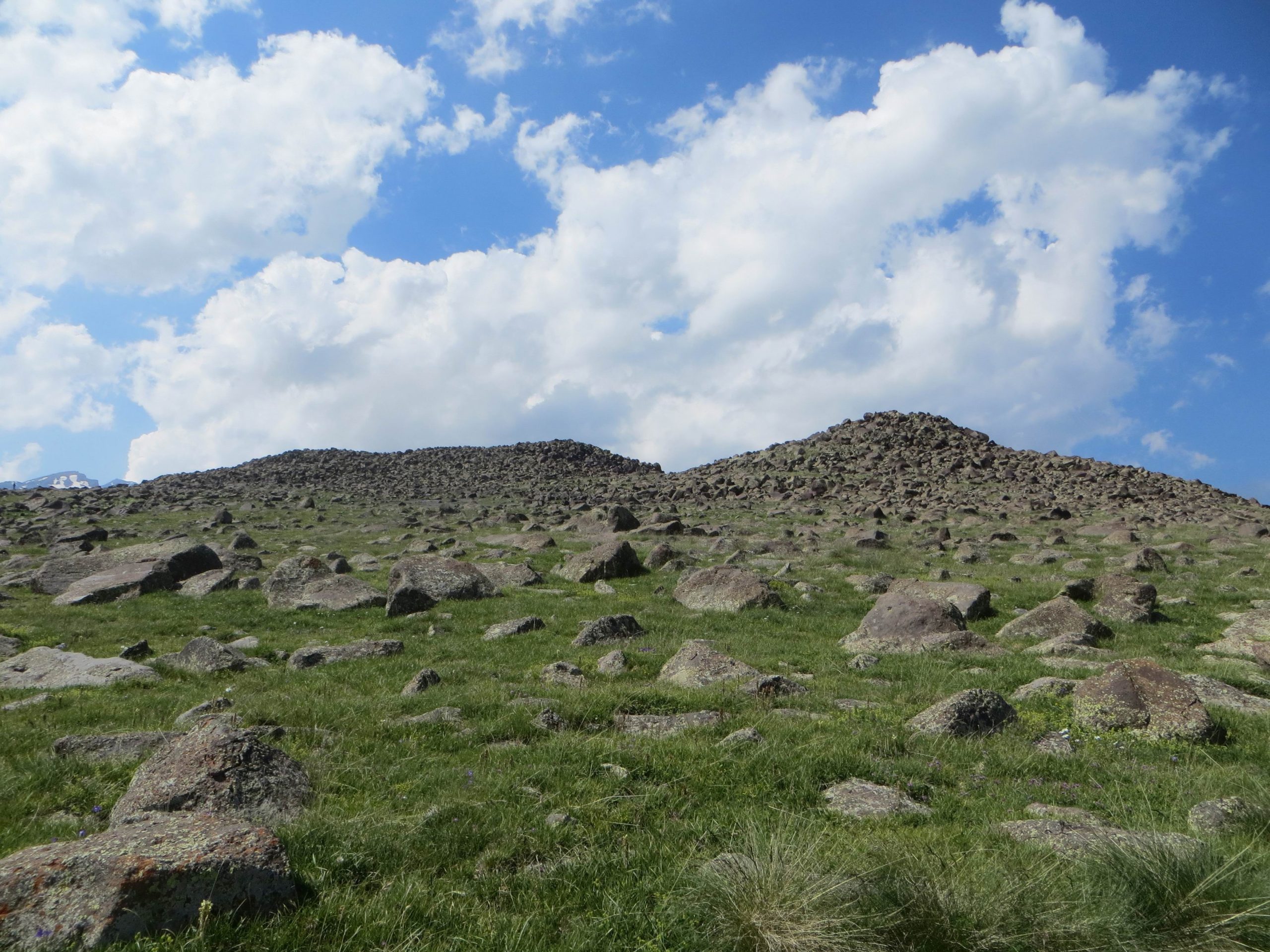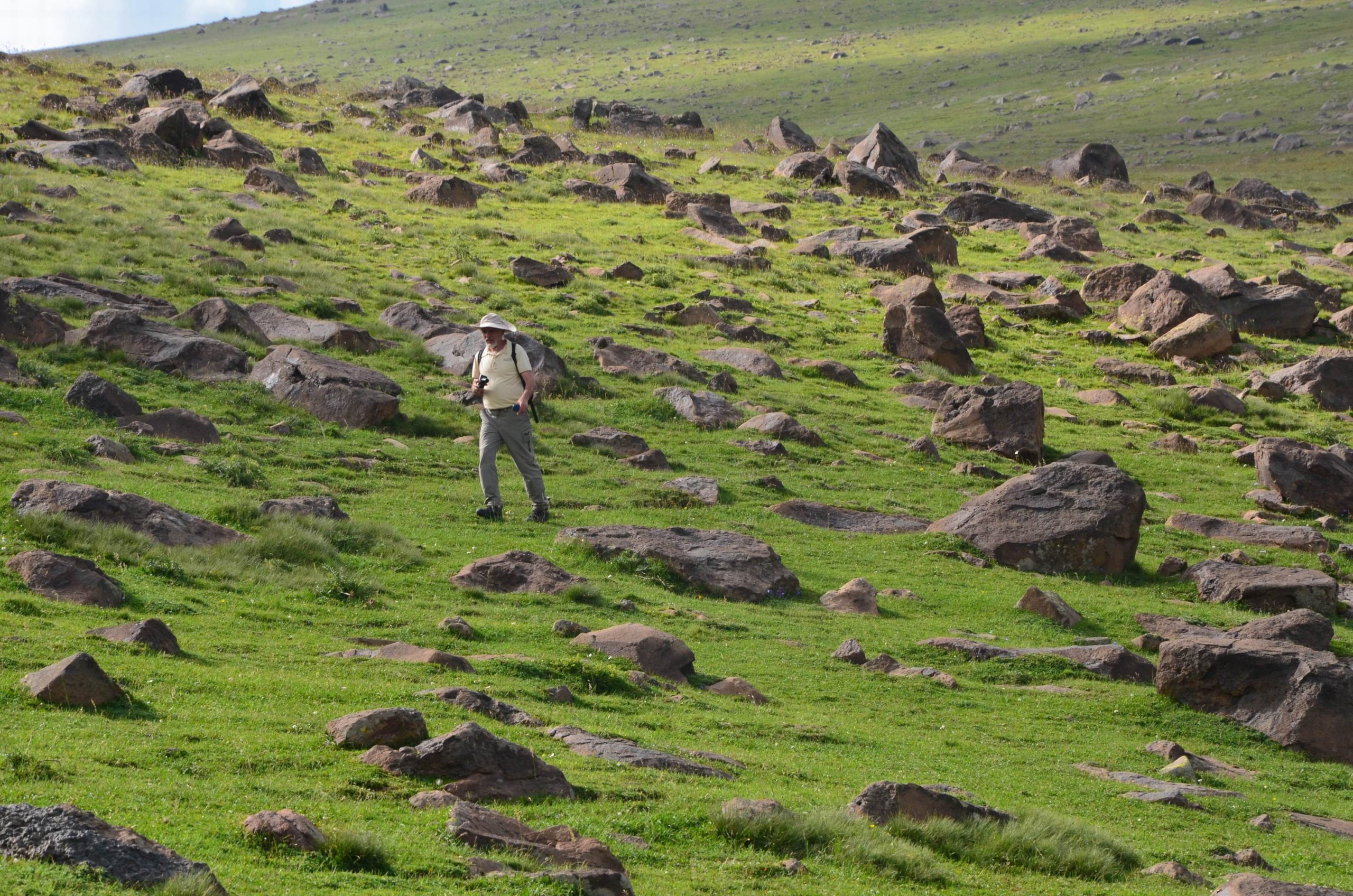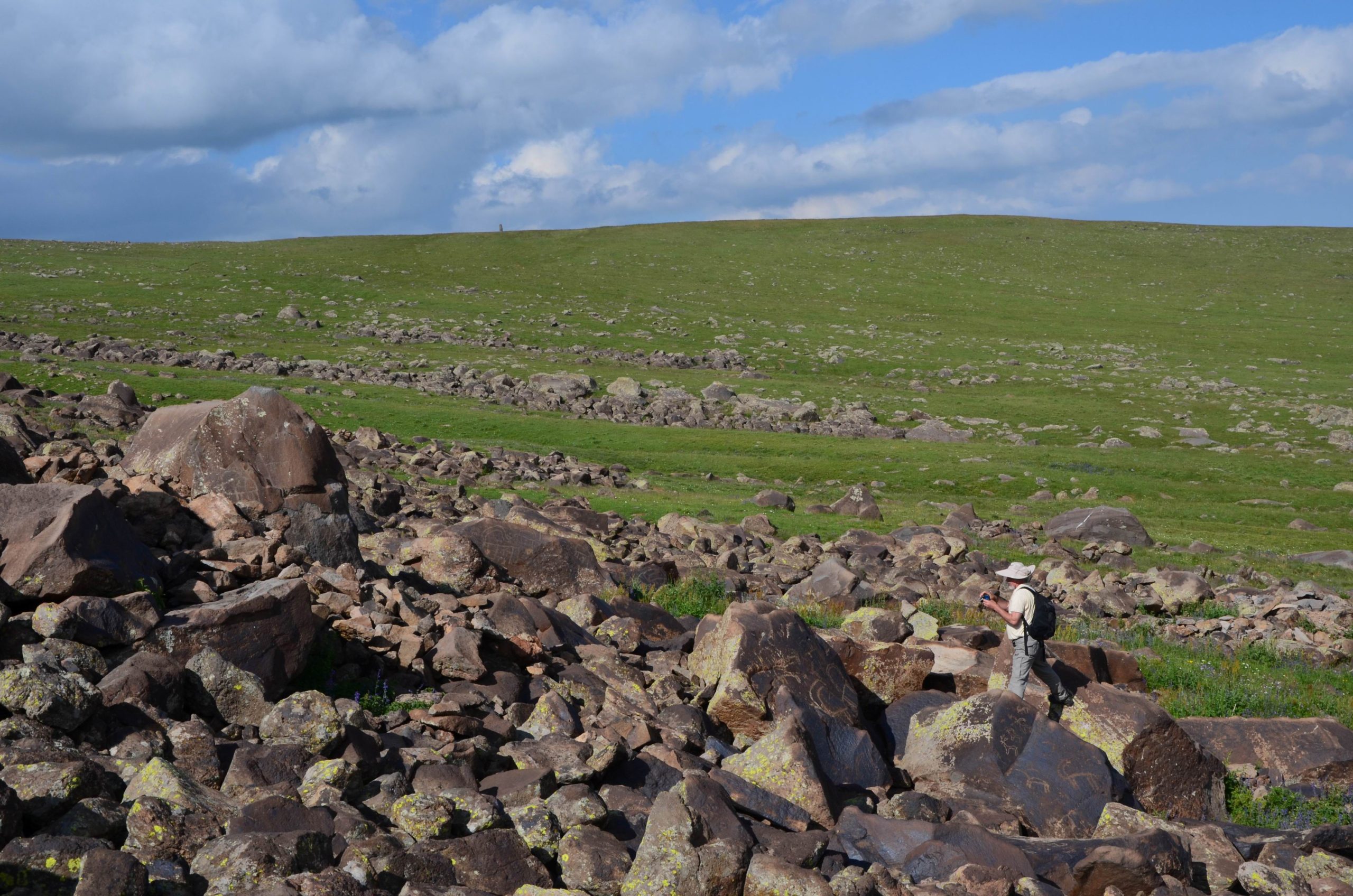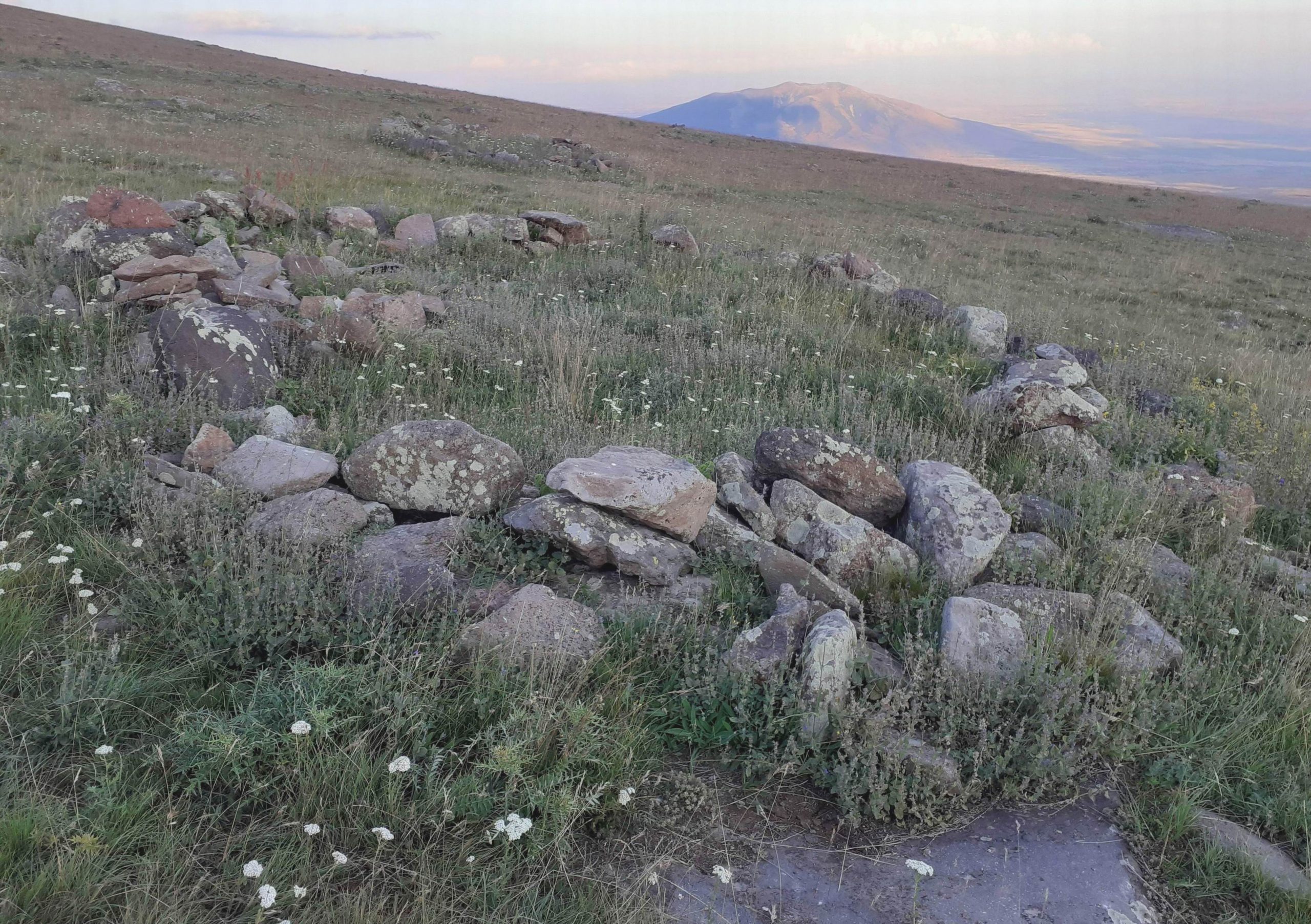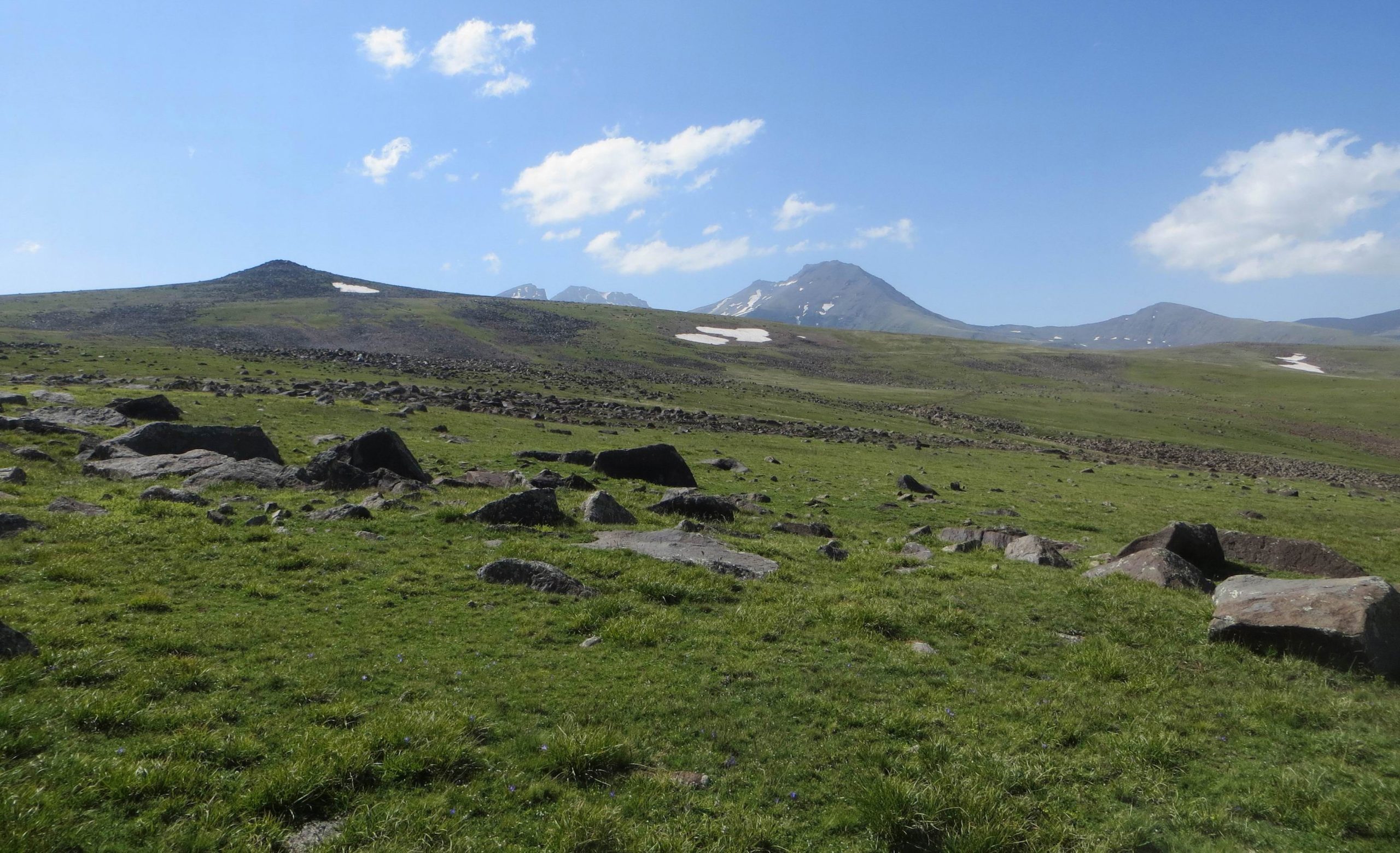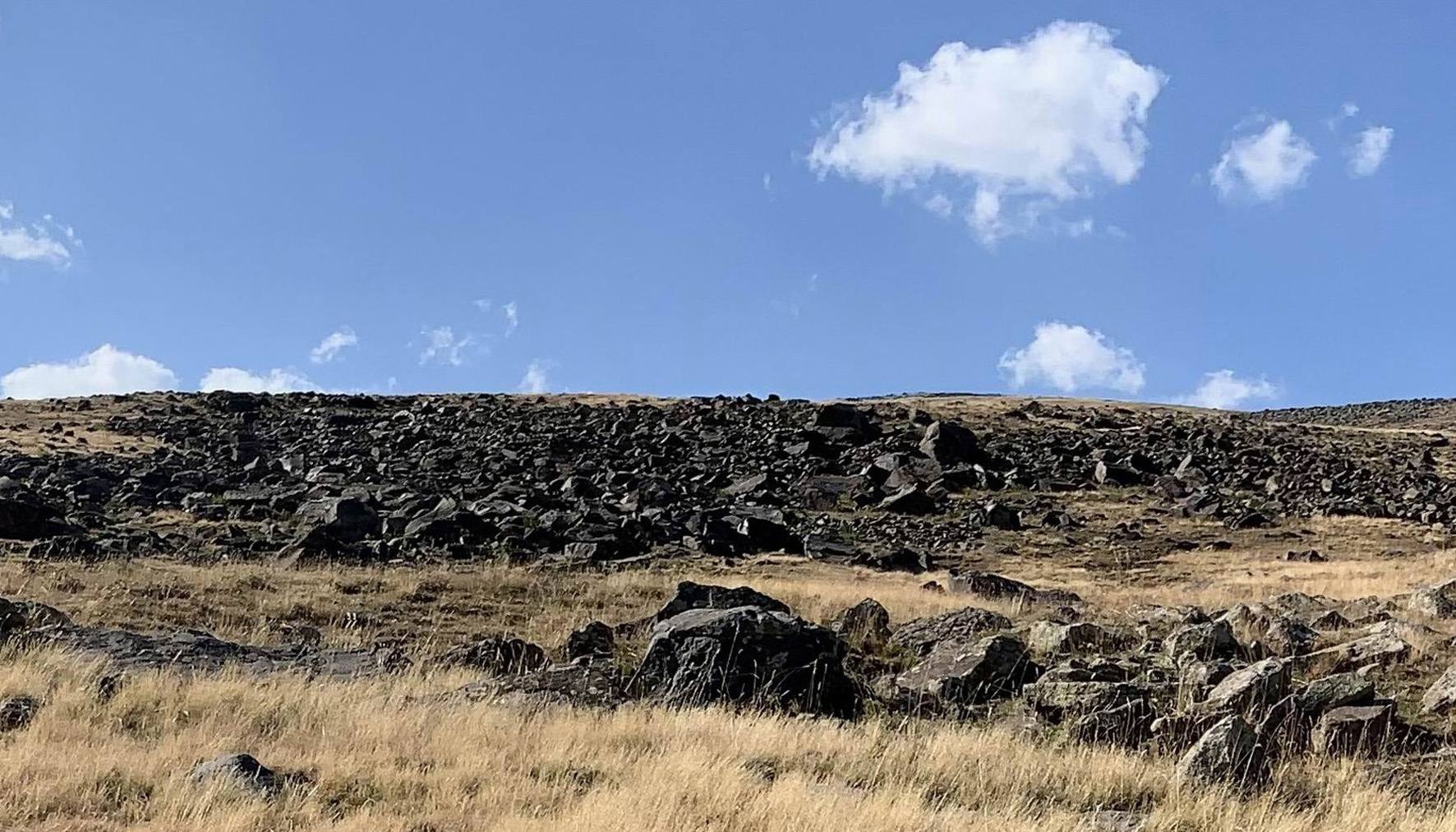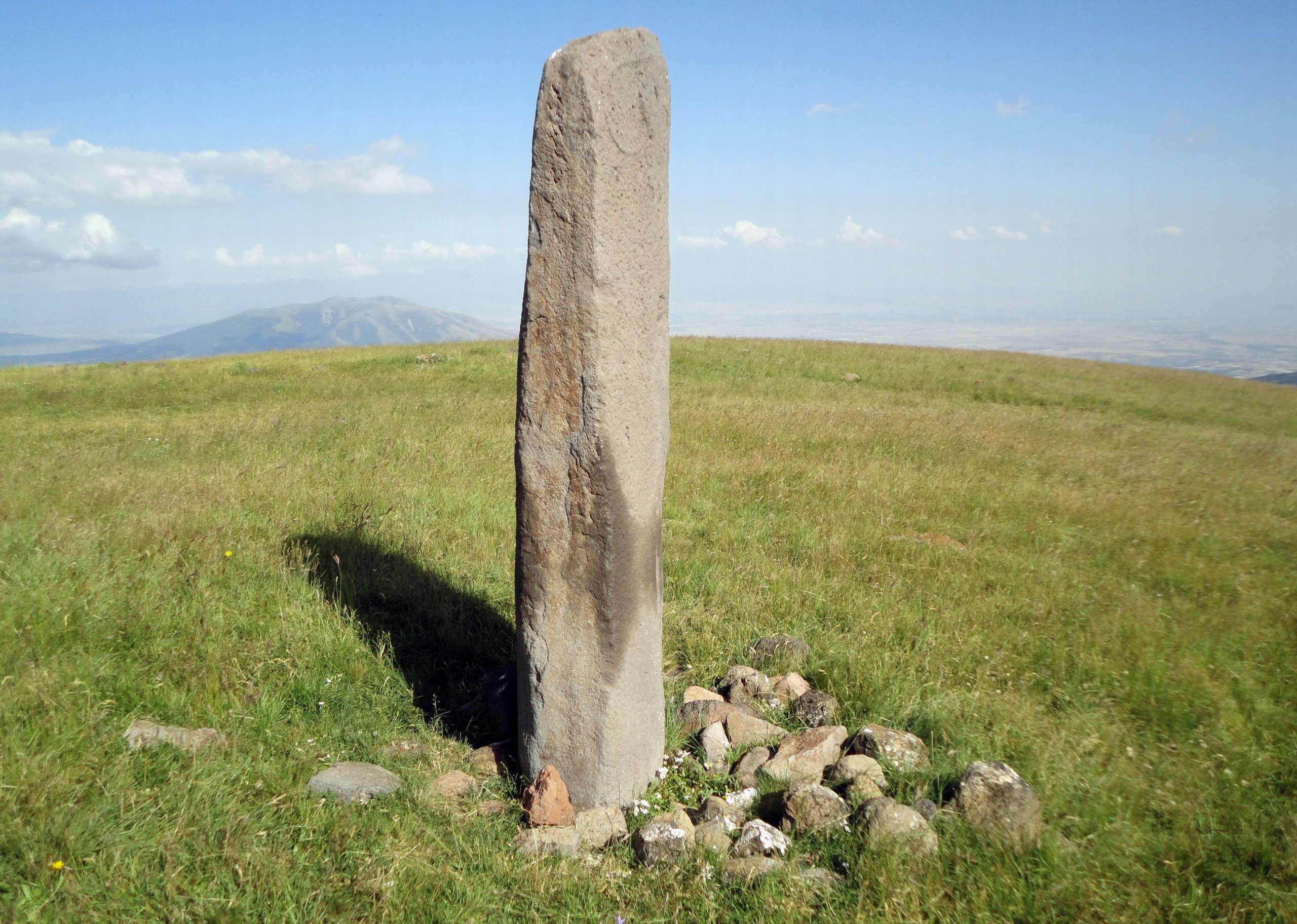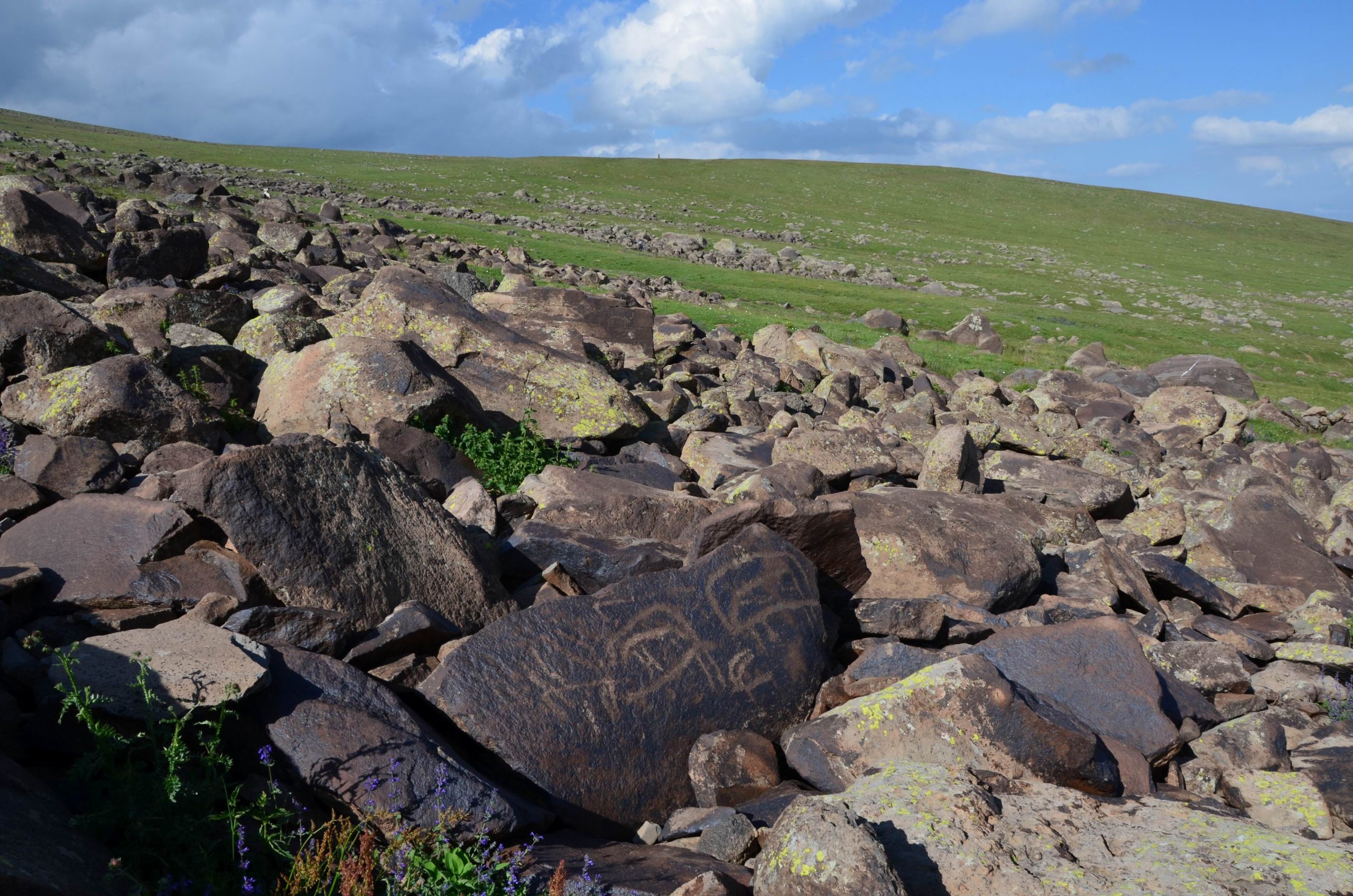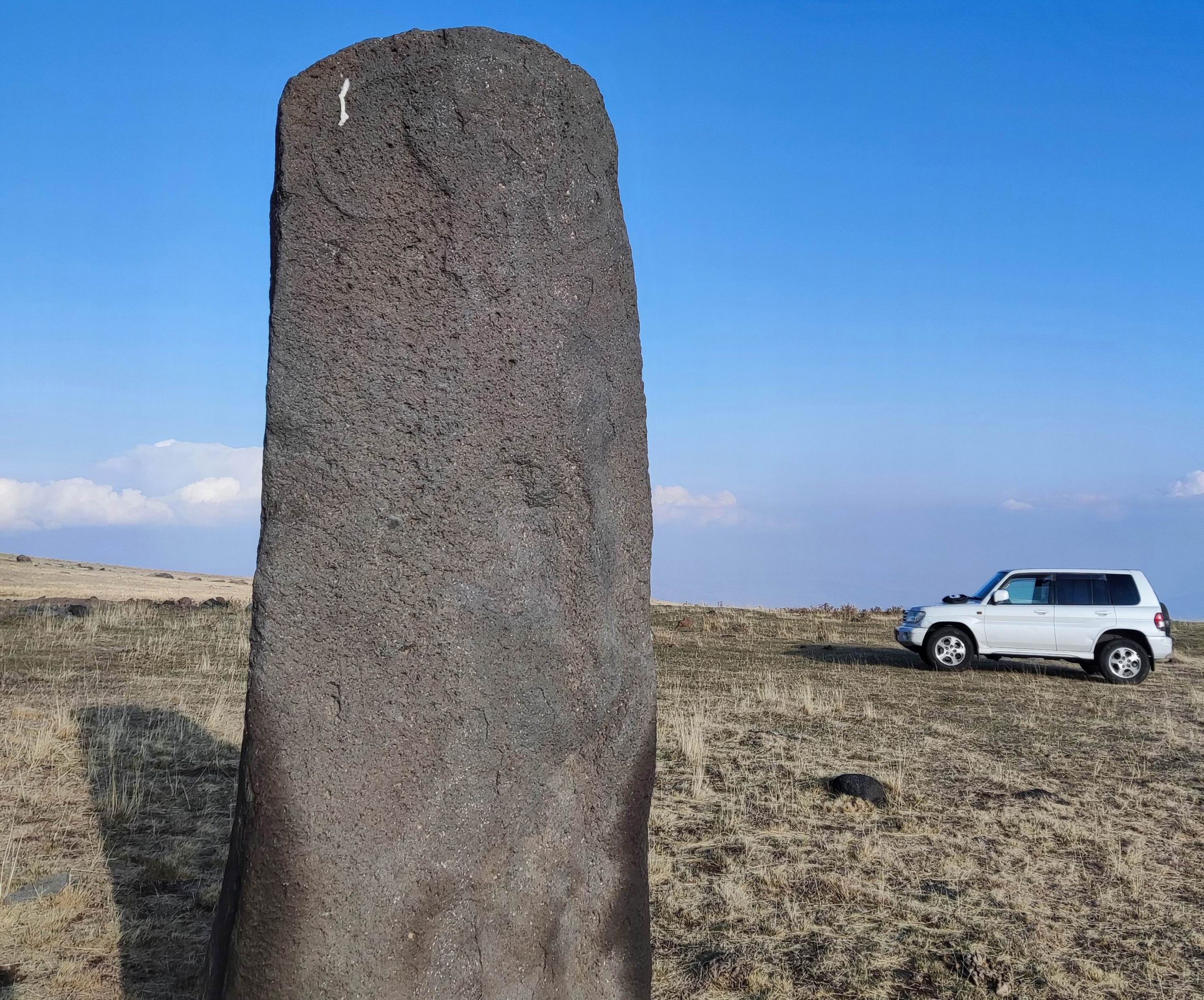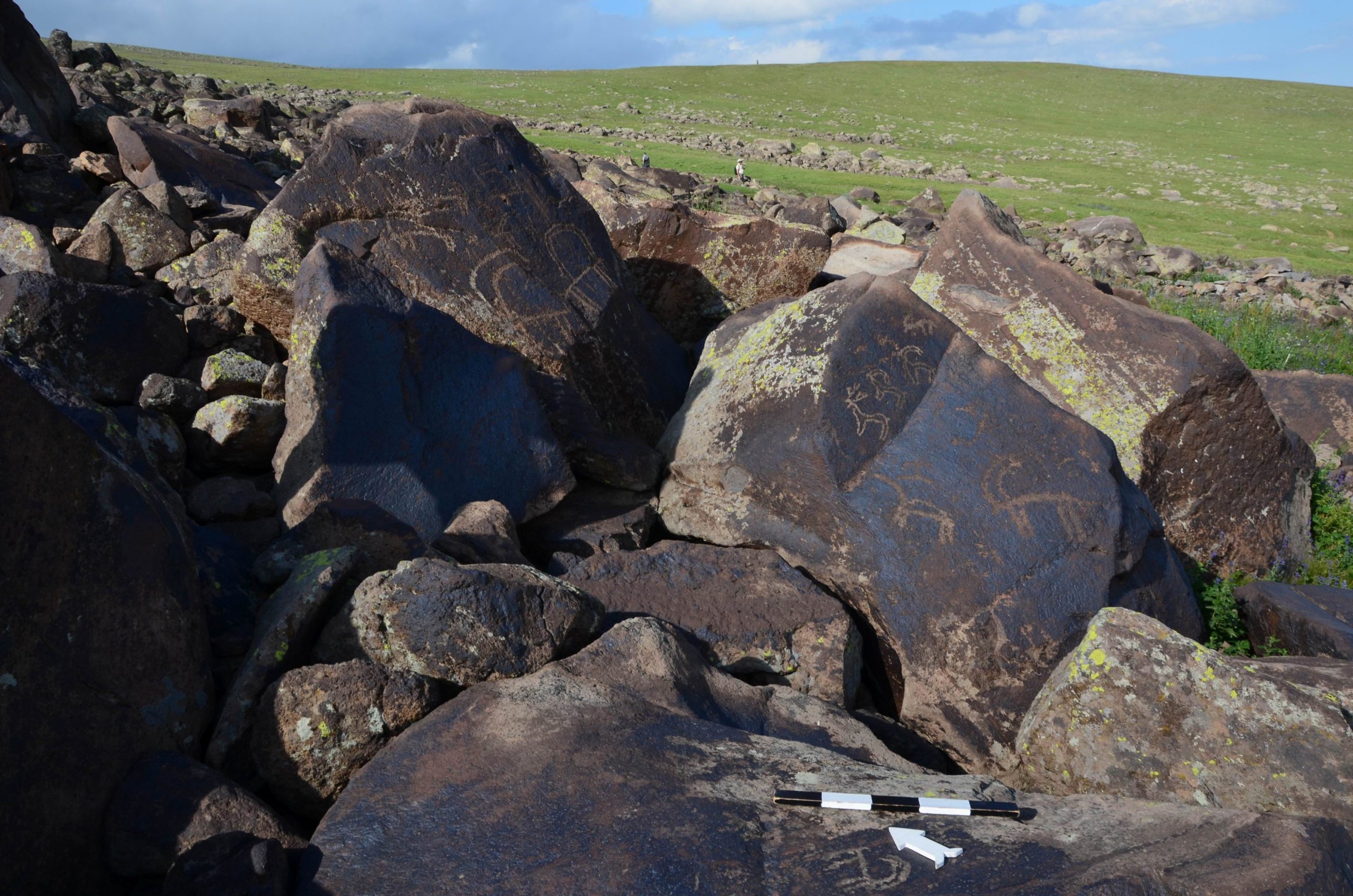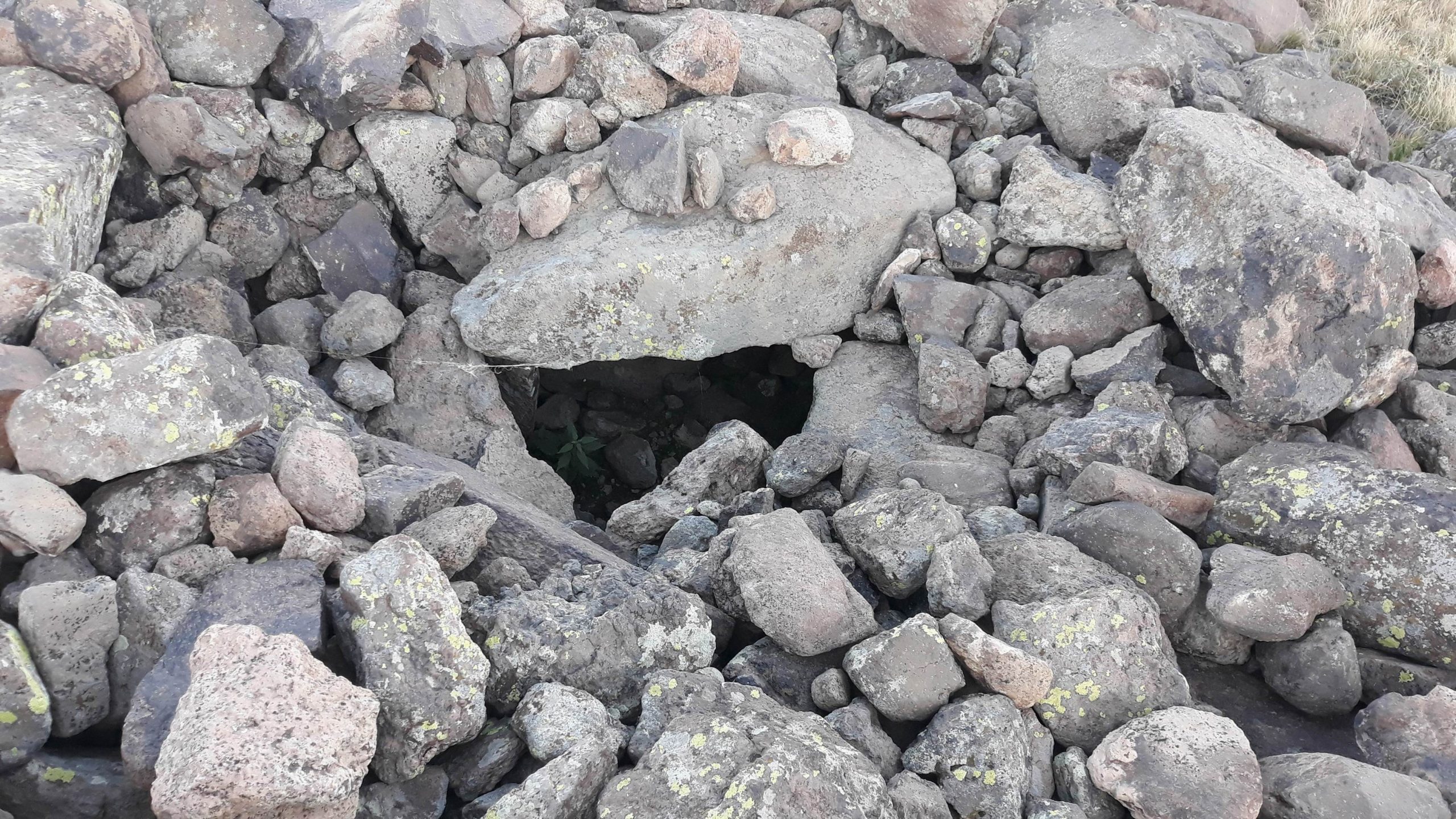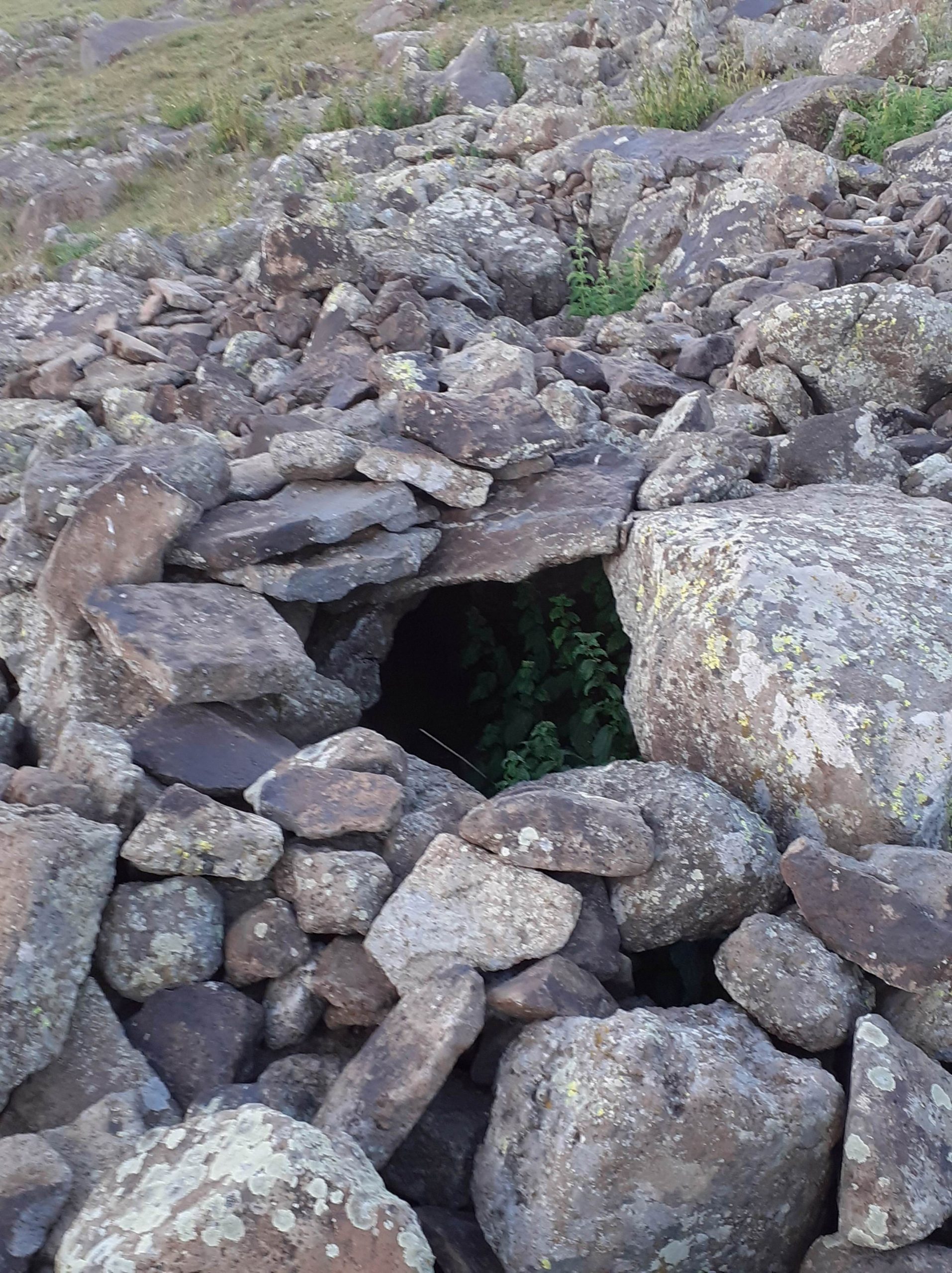Age of the artistic representations: Commonly scientists have used comparative biological, geological, archaeological methods and complex studies for age determination in general. In case of engraved images their precise dating is extremely difficult, since it is impossible to apply traditional well-known methods of natural sciences (radiocarbon dating, dendrochronology, pigment, spectral, palaeomagnetic, pollen, ultrasonic, collagenanalyses, etc.). The achievements of contemporary Rock-art investigations have not managed to develop a precise dating of rock-carving yet. Consequently, the only methods are relative-comparatives, based on the analysis of content, style and technique of drawing with other archaeological monuments: nearby structures (settlement, burial place) and artifacts found nearby (tools, weapons, ornaments, pattern, and painting on ceramics). These historical-cultural comparisons give too approximate evaluations and indicate the age with accuracy up to 1-2 thousand years, and then indirectly.
Thus, it is admitted that the era of our ancestors’ rock-carving activity has lasted from VII up to the I millennium BC
General description of the destination: The vast majority of ancient petroglyphs of Armenia are carved on unhewn surfaces of hard volcanic stones-boulders and splitted outcrops. Dimensions of drawings vary from 10 cm to 4 m, with depth of 1-20 mm and furrow width of 5-30 mm. There are both stand-alone and grouped engravings. The petroglyphs are carved out on dark-shiny and sunburned surfaces of andesite-basalt rocks by stone-cutters, later substitutedby metal ones. The rocks are extremely hard. During millenia the influence of oxidation and erosion processes made on surfaces of stones a thin, shiny sunburned layer.
In Armenia almost all spheres of human life are reflected in Rock Art. They convey valuable information about the environment, life and traditions, crafts and skills, arts and knowledge of ancient people, about their spiritual world – mythology and world perceptions. Rich subject of Armenian Rock Art is divided into 31 thematic groups: terrain elements (mountain, river, lake, spring), the Earth, heavenly luminaries (stellar group, constellation, Zodiac, Milky Way), celestial phenomena (eclipse, comet, meteor), atmospheric phenomena (lightning, clouds, rain, rainbow), earth phenomena (volcano), plants, animals, agriculture, hunting, animal figthing, martial arts, sports, competitions, dance, weapons, instruments, transportation means, constructions, applied images, means of education, play tools, costume, cult, mythical creatures, beings’ anatomy, portrait, uncertain images, ornaments, symbols and letter-like signs.
The majority of images are those of flora and fauna (bezoar, mouflon, deer, gazelle, horse, bull, tour, bison, wild boar, bear, leopard, cheetah, lion, wolf, dog, fox, snake, birds). Most commonly life and activities of man are reflected (hunting, fighting, animal husbandry, domestication, land cultivating, plowing), ceremonial life and rituals (the worship of motherhood, ancestors, deities, heroes, twins, good spirits, fertility, and time).
History of the site: Rock-art in Armenia began in the Neolithic period, reaching its peak during the Bronze Age. Rock-carvings have great cognitive value as a cultural source. Their role is important for revealing the historical realities of the Armenian Highland in VII-I millennium BC, to determine the origins of the Armenian people and demographic processes.
On the territory of the Republic of Armenia petroglyphs are found in Aragatsotn (Agarak, the southern slopes of Mt. Aragats, Aruch, Geghamavan, Ernjatap, Kaqavadzor, Mastara, Shamiram, Old Shenik, Voskehat, Tghmut, Quchak, Oshakan), in Armavir (Metsamor, Armavir, St. Gayane, St. Hripsime), in Gegharkunik (Lchashen, Sevsar, Vardenik, Vardenyats Pass, Vardenis Ridge), in Yerevan (Avan), in Lori (Loriberd, Koges, Neghuts), in Kotayq (Balahovit, Bjni, Geghama Ridge, Geghard, Zovuni, Ptghnavanq), in Shirak (Yereruyq, Haykadzor, Horom, Dzithanqov), in Syunik (Zoratsqar, Tzghuk-Ukhtasar, Jermajur), in Vayots-dzor (Teqsar, nearby of the headwaters of rivers Arpa and Yeghegis, Sartsali, in Tavush (Gosh) regions.

